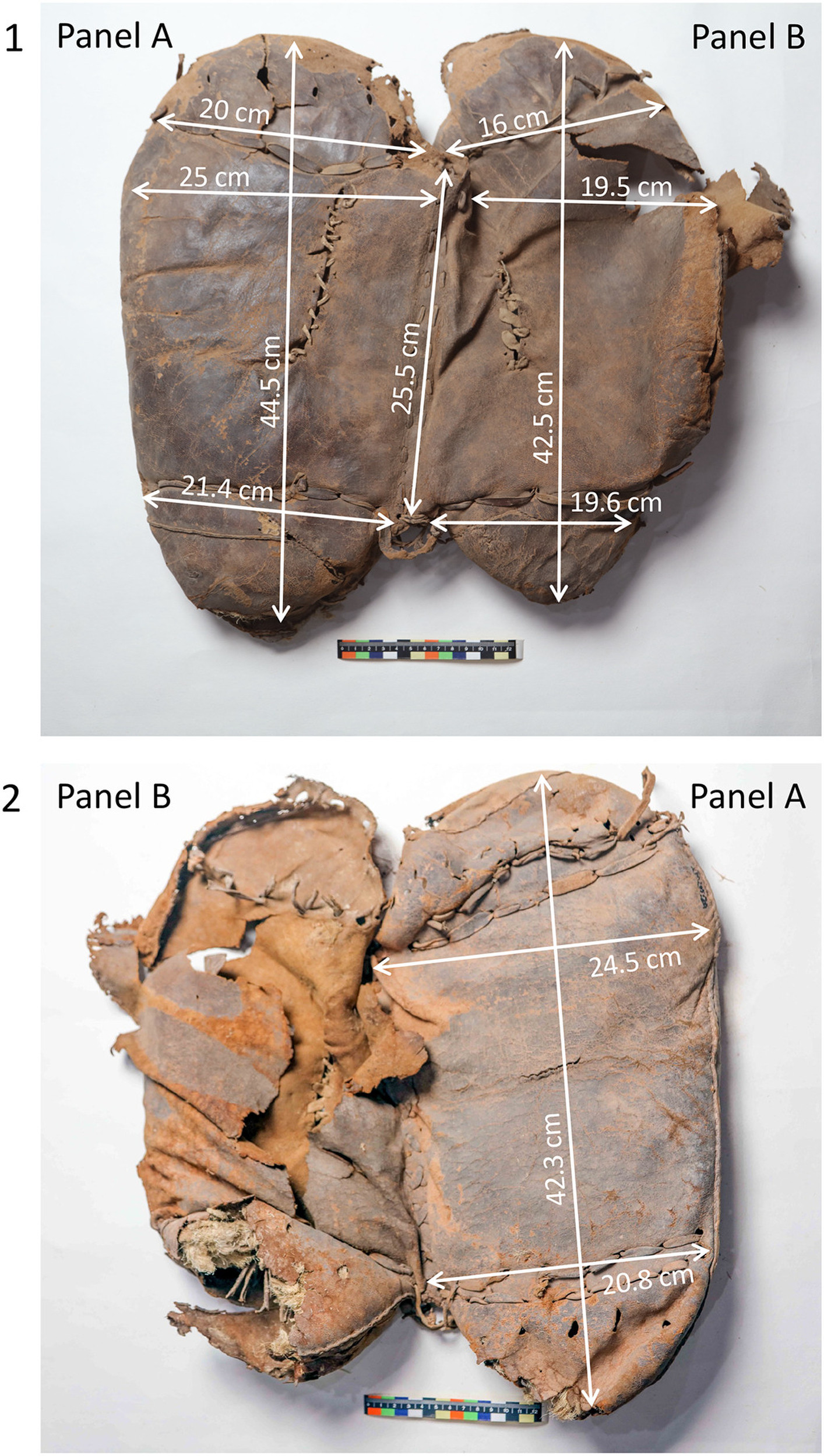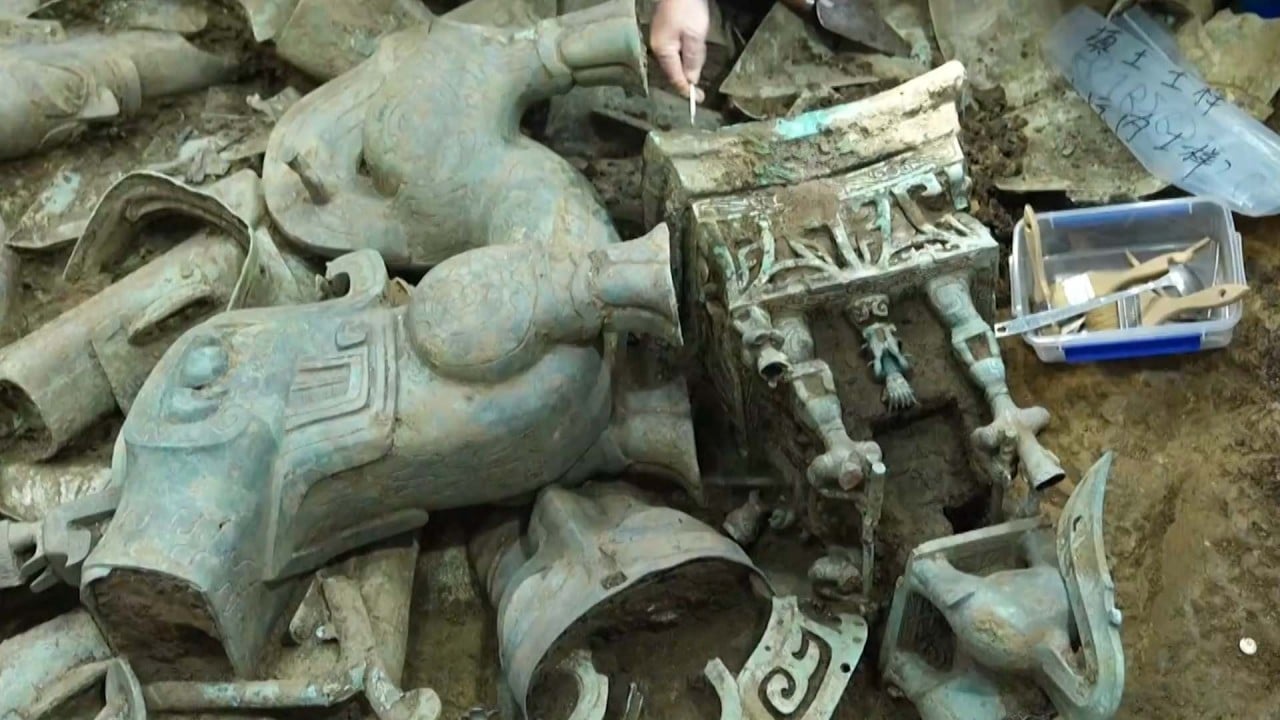
A saddle in a 2,700-year-old Xinjiang tomb – and a clue to the history of horse riding
- The tomb relic was radiocarbon dated to between 727BC and 396BC and had cushions of cowhide filled with deer and camel hair and straw
- Previously, the earliest saddles confirmed by archaeologists came from Scythian Pazyryk site in Altai region of Xinjiang and eastern Kazakhstan
The saddle, unearthed from the tomb of a female at Yanghai cemetery in the Turpan Basin in Xinjiang, can be dated back up to 2,700 years ago.
The discovery confirms that Xinjiang played an important role in the history of horse riding during the first half of the first millennium BC, according to the study published in the peer-reviewed journal Archaeological Research in Asia on May 23.
Meanwhile, the saddle from Yanghai “currently stands at the beginning of the history of saddle making”, according to the authors who hail from Switzerland, China, Germany, Britain and Russia.
In the tomb, the woman had been dressed in a hide coat, woollen trousers and short leather boots although most of her clothes had decayed, according to the study.
The tomb further contained a single-handed pottery cup, a braided woollen band, remains of woollen fabric and “a leather saddle placed on her buttocks as if she was seated on it”.

The saddle had basic elements similar to those still used today. It had two oval-shaped cushion pads with four support elements in the corners and a central channel, the study said.
The cushions were made of cowhide and filled with a mixture of deer and camel hair as well as straw. According to radiocarbon dating, the saddle was made between 727BC and 396BC.
The Scythians were a nomadic people whose culture flourished across the entire Eurasian steppe between the 9th and 2nd centuries BC.
Who were the ancient Xiongnu? Clues to empire found in graves and DNA
The earliest Scythian saddles date to between the 5th and 3rd centuries BC. The new discovery means the Yanghai saddle “may predate all Scythian saddles” investigated and published so far, the authors wrote.
The tombs at Yanghai, 43km (27 miles) southeast of modern Turpan, are believed to be from people of the Subeixi culture, which dates back 3,000 years ago.
However, the authors noted that the discovery of the saddle did not mark the beginning of horse riding in the region, which could have happened much earlier.
Previous research has found that about 3,300 years ago, people in the Altai Mountains area drank horse milk, but in the southern region, such as in the Tarim Basin, domesticated horses and horse riding only arrived by the late 12th century BC.
In the Yanghai cemetery, bridles have been found in 19 tombs from the period between the 10th and 3rd centuries BC, according to the study.
Ancient Tibetans were eating dairy thousands of years ago, study finds
“Unlike the bridle, the saddle was a relatively late development when riders began to care more about comfort and safety and the health of the horses,” it said.
“The archaeological assemblages from Yanghai suggest that already among the first generations in Yanghai were horse riders.”
The woman in the tomb might have come from “a community of mounted pastoralists living in the steppes or mountains” in the near or distant neighbourhood, or her saddle “was among the items acquired through contact” with those pastoralists, the study said.



